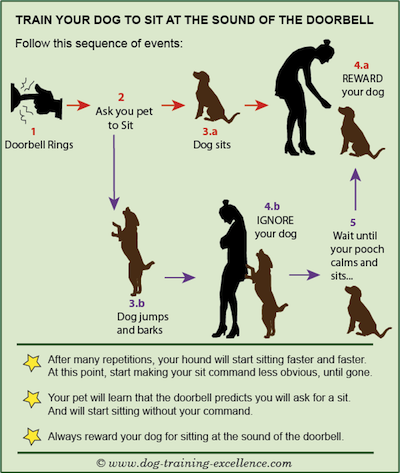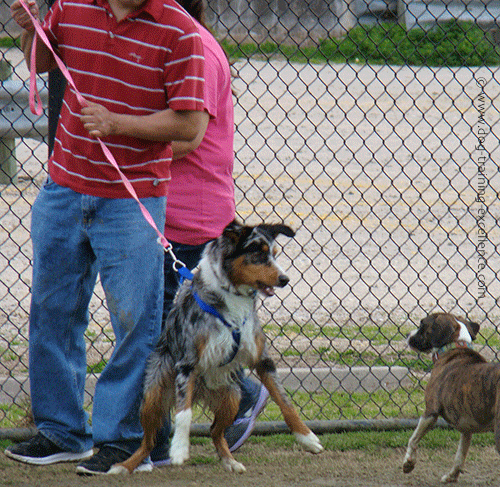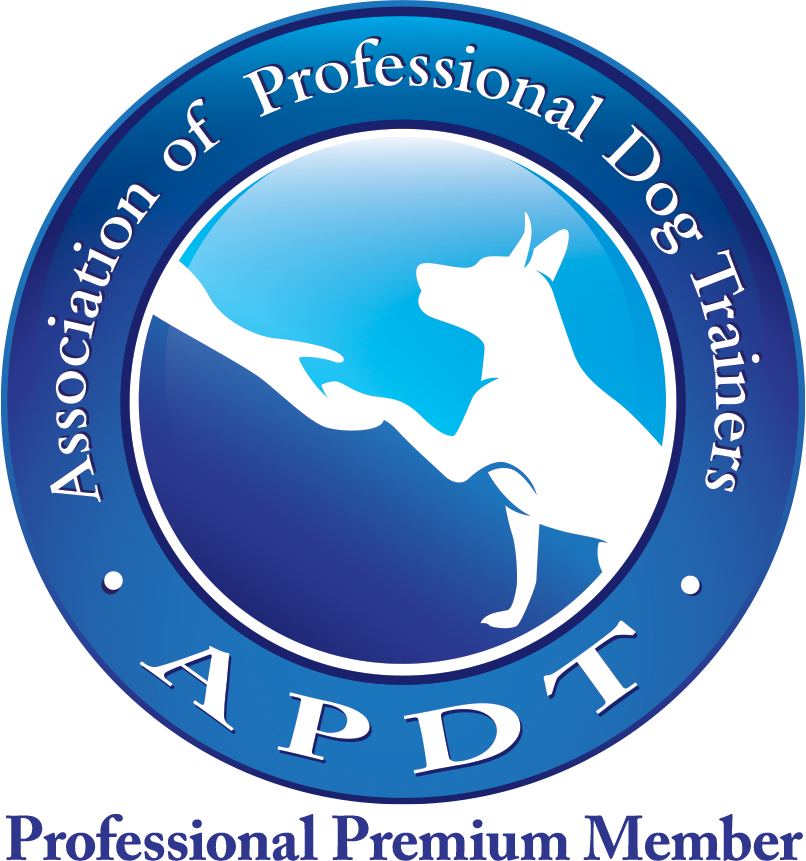I try to write my posts as unbiased as possible and recommend the products I consider to be useful and the best. I use affiliate links, this means that–at no extra cost to you–I can make a commission on a purchase you make after clicking on them. As an Amazon Associate I earn from qualifying purchases.
5 Ways to Stop a Barking Dog Effectively
To stop a barking dog sometimes it requires the owner to stop doing certain things that are actually encouraging barking. This is not your case you say? Well, keep reading and you might realize you are accidentally encouraging your pooch to be loud!
Barking is a natural way for dogs to communicate, but sometimes it becomes excessive and something must be done. Always use positive training methods to stop a barking dog, and never punish him for barking.
If you think your furry friend is barking for other reasons (fear, guarding, excitement, boredom, etc.) go to the Stop Barking main page for more help and information on how to solve your particular case.
Most often, dogs just happen to bark during a certain situation and accidentally get rewarded for it. No matter what your particular situation is, here are the first dog training steps to stop barking:
Stop a barking dog with simple training methods.

To stop a barking dog, you must take away anything that makes your pet bark, if you can. Do not leave him in situations that usually trigger this loud behavior. This might require a little bit of detective work if you are not sure why he is barking. The idea is to prevent your canine from barking as much as possible using management.

Stop rewarding your pet for barking! Attention of any kind is a reward to your pet, this means that as long as he gets attention when barking…he will keep on doing it. Sometimes even eye contact, physical punishment or yelling are attention to dogs that otherwise get ignored a lot.

Pay attention to your pet when he is quiet, praise him and interact with him during these times. Your hound will learn that he gets attention when he is quiet and will start doing it more often.

The Settle Command: reward your pet every time he is settled. Say the word settle and give him a treat or attention (petting, cuddling, playing). This works great if you do short play sessions. The dog gets aroused to play, after 1-2 min you stop. As soon as he settles - Say "Settle" and give him a treat. Then start playing again, stop, say settle when he does, treat…repeat, repeat, repeat.
Remember repetition is the key!
Pretty soon your hound will start settling faster and faster. It's like playing "Statues" with your canine friend! When your hound is starting to understand the game, you can start saying the word "Settle" and only give him a treat if he responds within a few seconds of your command. Otherwise take a break and try again.

The Quiet Command: The idea is the same, you need to reward your dog when he is being quiet. If you know that your hound barks at certain things you can use them to trigger barking. IGNORE your pet while he is being loud, as soon as he gets quiet - say "quiet" and give him a treat. Repeat, repeat, repeat!
For more information on how to train a reliable dog command follow this link.
Stop a barking dog: Different scenarios
Stop a barking dog at the doorbell or guests coming into the house:
The reward is the attention they get when greeted or yelled at. Ignore your dog when you come home until he is quiet. Remember no eye contact, no pushing or kneeing. Just turn around and keep avoiding your pet until he gives up. Only then you can say "Hi" to him.
To prevent your hound from barking and jumping at guests teach him an "incompatible" behavior. For example, teach your hound to sit at the sound of the doorbell. Have a helper outside ringing the bell every 5-10 min (randomly though, sometimes after 2 min, sometimes after 7, sometimes after 30 sec, etc.). As soon as the bell rings ask your dog to "Sit", as soon as he sits, Mark and Reward! Repeat many times until your canine friend starts sitting a the sound of the bell itself. Now only treat when he sits at the bell without you asking for a sit. All done!
For more information on how to train a dog to sit click here!
Stop a barking dog when walking on the street and encountering other people, dogs or kids:
The canine barks and usually the owner takes him away in a hurried (and worried) way. The hound now thinks these people or dogs are dangerous and barking has taken him away from the situation, so he will keep on doing it.
Use systematic desensitization and counter conditioning to solve this problem. In short, you need to reverse YOUR reaction when encountering people and dogs when walking. Start by giving your pet a treat when you see someone approaching at a distance, but ONLY if your pet sees the other person or hound and DOES NOT bark. You can then turn away, but in a calm manner. Slowly start doing the above but closer and closer to the other canine or person…until you can safely walk by them!
Read more about Desensitization and Counter conditioning here.
Stop a dog barking in the car:
Most hounds will bark in the car because they are either excited or scared. If your canine friend barks because he is excited you can:
- Put a crate in the car and cover it with a blanket, this will take away some of the visual cues and will stop dog barking.
- Take your hound to boring places, like shops where he has to wait in the car for 2-5 min or come out with your for the same amount of time. This way he will learn that car rides not always take him to super fun places (like the park, training class or daycare).
If your pooch barks in the car because he is afraid or uncomfortable you can:
- Understand that he might have had a bad experience in the car, like getting car sickness or going to a particularly bad vet visit. So, never punish your pet for being loud in the car.
- You can use counter conditioning to change the fear feeling to one of happiness. Make sure you take your pet to fun places like the park. Start with short car rides and slowly make them longer as your pet starts feeling better and better.
Stop a barking dog summary
1- Take away anything that makes your canine bark, this is important to make him feel more settled overall (You should do this for about 1 week to a month to see any results).
2- Stop rewarding your pet for barking!
3- Praise and treat your dog when he is quiet.
4- Use the methods described above for your particular case. You can find more information in the following articles:
- Fear Barking
- Excited Barking
- Resource Guarding (territorial, food aggression, toy aggression)
- Bored Barking
- Attention getting
- Alert Barking
If you have any questions about your particular case please fill out the form in the following link. I will need 150-300 descriptive words of your problem and you can upload pictures as well. You can also leave your comments below.
Home > Stop Dog Barking > Accidentally Trained Barking






New! Comments
Questions? Anecdotes? Tips? Leave me a comment in the box below.